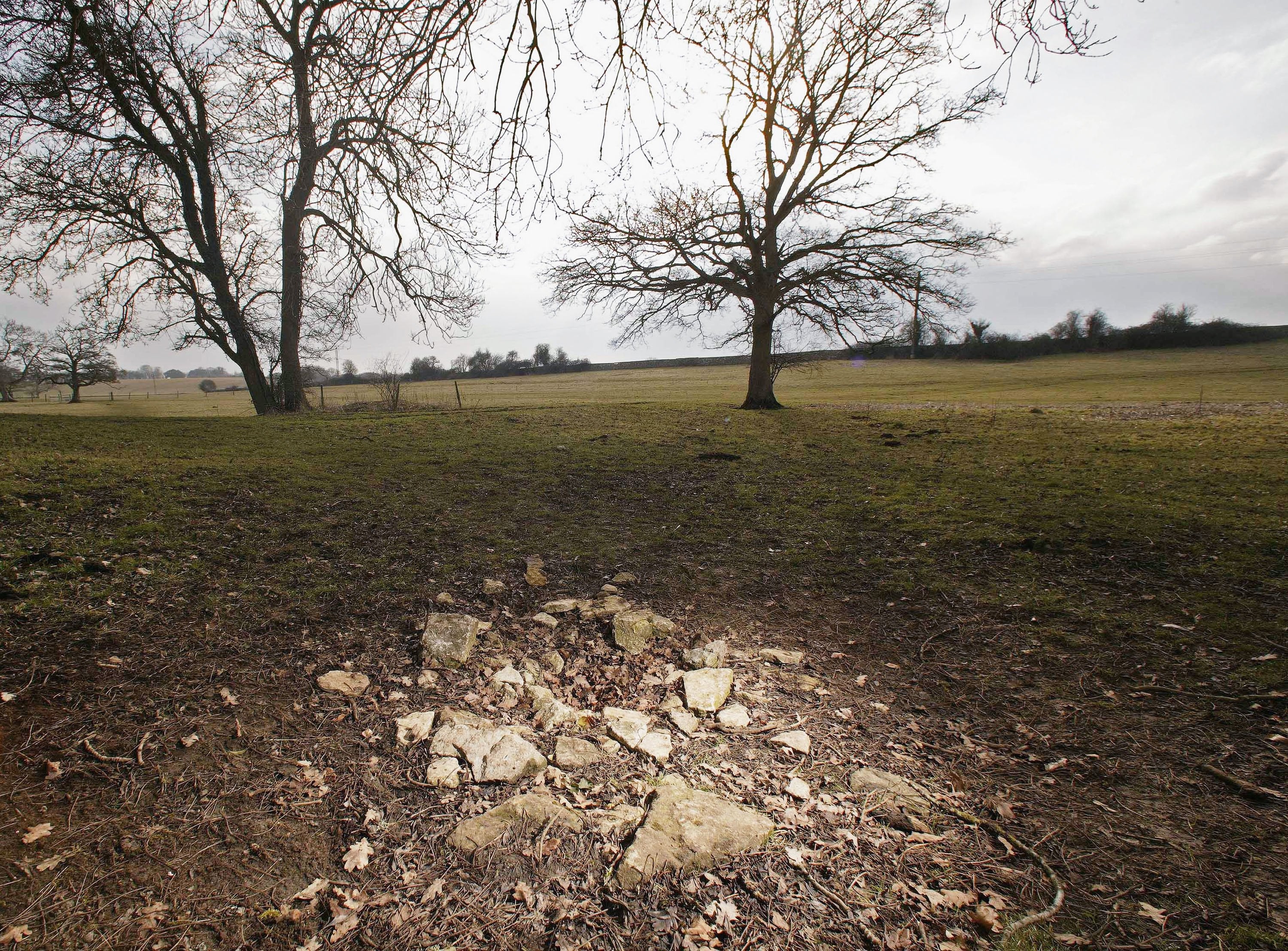River Thames now five miles shorter as source dries up due to drought
Thames Water have warned of hosepipe bans, with other water providers already putting bans into effect

The River Thames is now five miles shorter as its source dries up due to drought.
The Thames Head near Cirencester, Gloucestershire has dried up what is believed to be the first time ever as drought conditions and extreme weather continue to impact parts of the UK.
On Thursday, the Met Office confirmed that temperatures are forecasted to rise in the coming week with little rain expected.
Dr Rob Collins, director of policy and science at the Rivers Trust, said the source of the river has now shifted downstream from Cirencester to Somerford Keynes, Gloucestershire.
“Following the prolonged dry weather, the source of the Thames in Gloucestershire has dried up, with a weak flow now only just about discernible more than 5 miles downstream,” Dr Collins told The Guardian.
“Under our changing climate we can anticipate the frequency and severity of such periods of drought and water scarcity to intensify, with increasing competition for a dwindling resource and devastating impacts on aquatic life.”
This comes as Thames Water warns of a hosepipe ban for customers in the coming weeks, as the supplier says their demand has reached its highest levels in 25 years due to extremely dry weather.
Other water providers, such as South East Water, have already introduced a hosepipe and sprinkler ban from 12 August for customers in Kent and Sussex.
Southern Water also announced a ban last week for customers in the Isle of Wight and Hampshire.
Met Office chief forecaster, Steve Willington, warned of more extreme weather conditions in the coming week.
He said: “We could see parts of the UK entering heatwave conditions if the above-average temperatures last for three days or more.
“As the high pressure builds there is very little meaningful rain in the forecast, especially in those areas in the south of England, which experienced very dry conditions last month,” he added.
“Elsewhere in the UK, such as in northern England, Scotland and Northern Ireland, rain-bearing weather fronts will make limited headway against the high pressure, bringing some rain to northwestern parts of the UK.”






Join our commenting forum
Join thought-provoking conversations, follow other Independent readers and see their replies
Comments